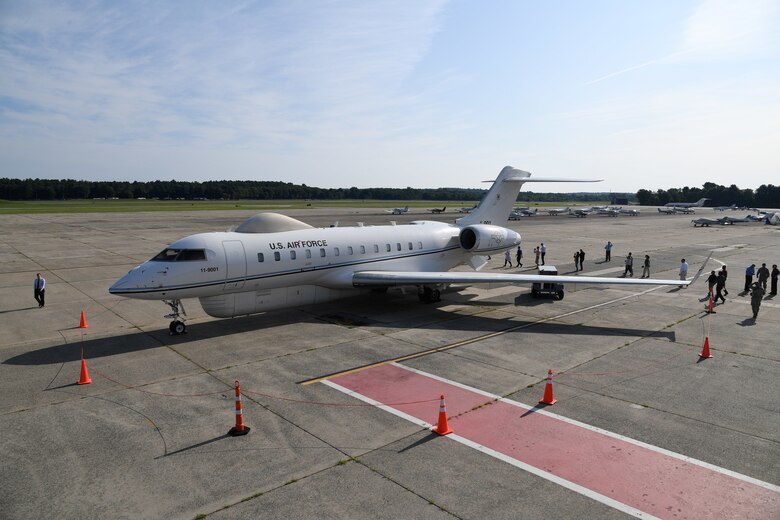Learjet will provide six aircraft loaded with electronics to serve as airborne communication nodes under a five-year, $464.8 million contract, the US Air Force said on Thursday.
“These aircraft are required for continuous operations outside the contiguous United States in multiple theaters of operation,” Battlefield Airborne Communications Node (BACN) program lead Elizabeth Rosa said in a press release.

Currently, seven aircraft carry the BACN payload on two different platforms: three manned E-11As and four unmanned Global Hawk E-Q4Bs. Once a Global 6000 has been outfitted with BACN technology, it is then classified as an E-11A.
Because of its flexible deployment options and ability to operate at high altitudes, BACN-equipped planes allow air and surface forces to overcome communications difficulties caused by mountains, rough terrain, or distance, the release said.
The addition of six aircraft will expand the current fleet of seven planes equipped with the BACN payload. The aircraft are based at Hanscom Air Force Base in the US state of Massachusetts, according to the release.
BACN technology enables real-time information flow across the battlespace between similar and dissimilar tactical data link and voice systems through relay, bridging, and data translation in line-of-sight and beyond-line-of-sight situations.




